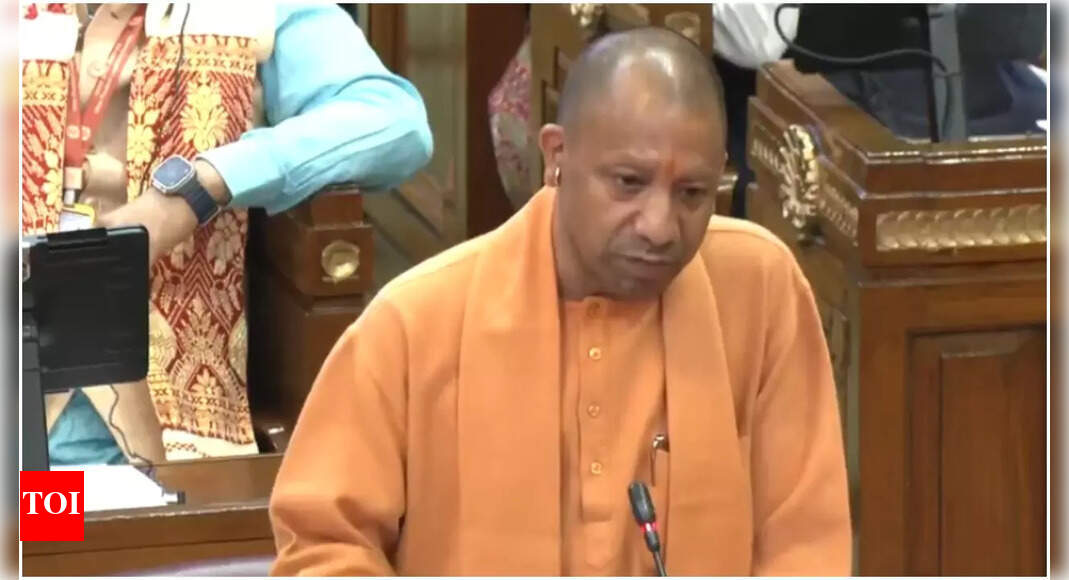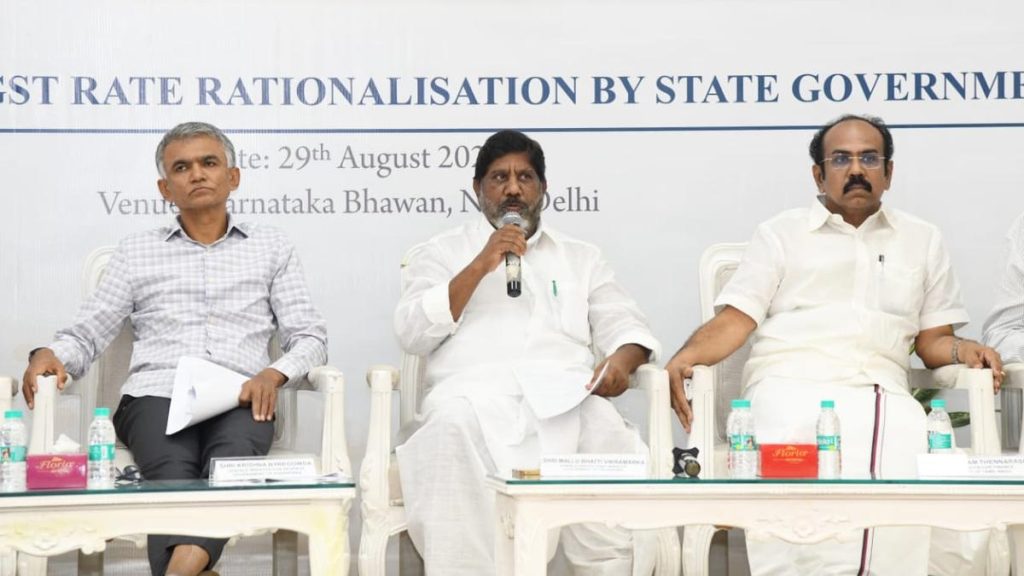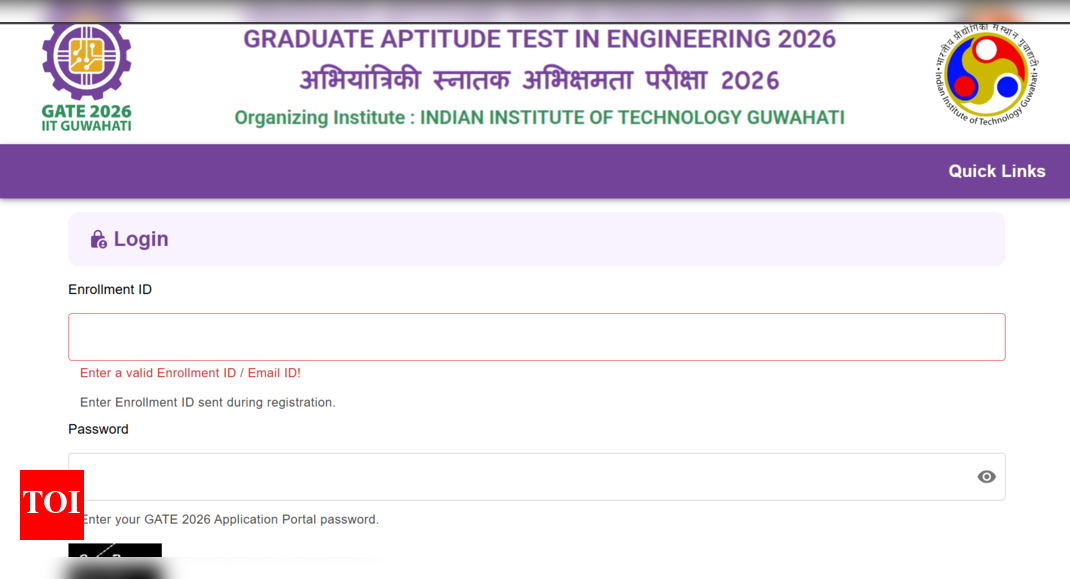Now Reading: Gorakhpur Draws Investors Under CM Yogi’s Leadership: UP Government
-
01
Gorakhpur Draws Investors Under CM Yogi’s Leadership: UP Government
Gorakhpur Draws Investors Under CM Yogi’s Leadership: UP Government

Quick Summary
- Gorakhpur has evolved into a major industrial hub under Chief Minister Yogi Adityanath’s leadership.
- The Gorakhpur Industrial Development Authority (GIDA) allocated 182 acres of land for 54 new units in the current financial year, enabling Rs 5,800 crore in investments and creating 8,500 jobs.
- Over five years, GIDA received proposals worth Rs 9,445 crore that resulted in nearly 23,000 jobs.
- Notable investors include global and national brands such as PepsiCo, Ambuja Cement (adani group), Coca-Cola’s Amrit Bottlers, Reliance Consumer Products Limited (R-CPL), and Shree Cements.
- Prominent investments announced: Shreyash Distilleries (Rs 2,667 crore), Ambuja Cement (Rs 1,400 crore), Amrit Bottlers (Rs 800 crore), Keyan Distilleries (Rs 600 crore). Vision Parental plans Rs 100 crore in pharmaceuticals.
- Additional proposed investments include R-CPL with Rs 1,000 crore and Lifecare Hospitals with Rs 500 crore.Delhi Public School aims to invest Rs 50 crore.
- Dhuriapar Industrial Township is being developed as a new industrial hub to meet demand. Two projects are already underway.
- Improved connectivity through enhanced roadways, rail infrastructure, and air links has been key to attracting investors.
Indian Opinion Analysis
The transformation of Gorakhpur signifies a notable shift towards decentralizing industrial development beyond India’s customary urban hubs like Delhi or Mumbai. Through favorable policies around ease of doing business and land availability tailored to investor preferences-coupled with strengthened logistics infrastructure-the region has become a competitive destination for both multinational corporations and domestic giants alike.
While the announced capital inflows could drive regional economic growth considerably by boosting employment opportunities across sectors like manufacturing and healthcare industries-success hinges on consistent policy execution over time and also addressing environmental sustainability concerns tied to large-scale industrialization.This progress further positions Uttar Pradesh’s eastern belt on India’s broader economic map while offering smaller cities an encouraging template for localized investment strategies.























